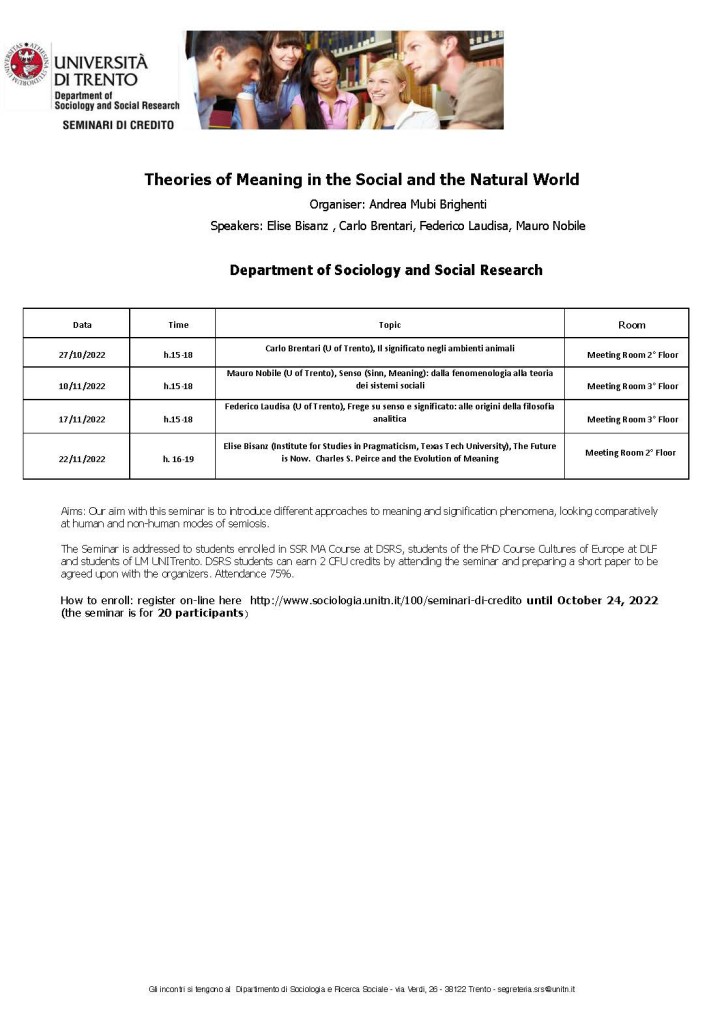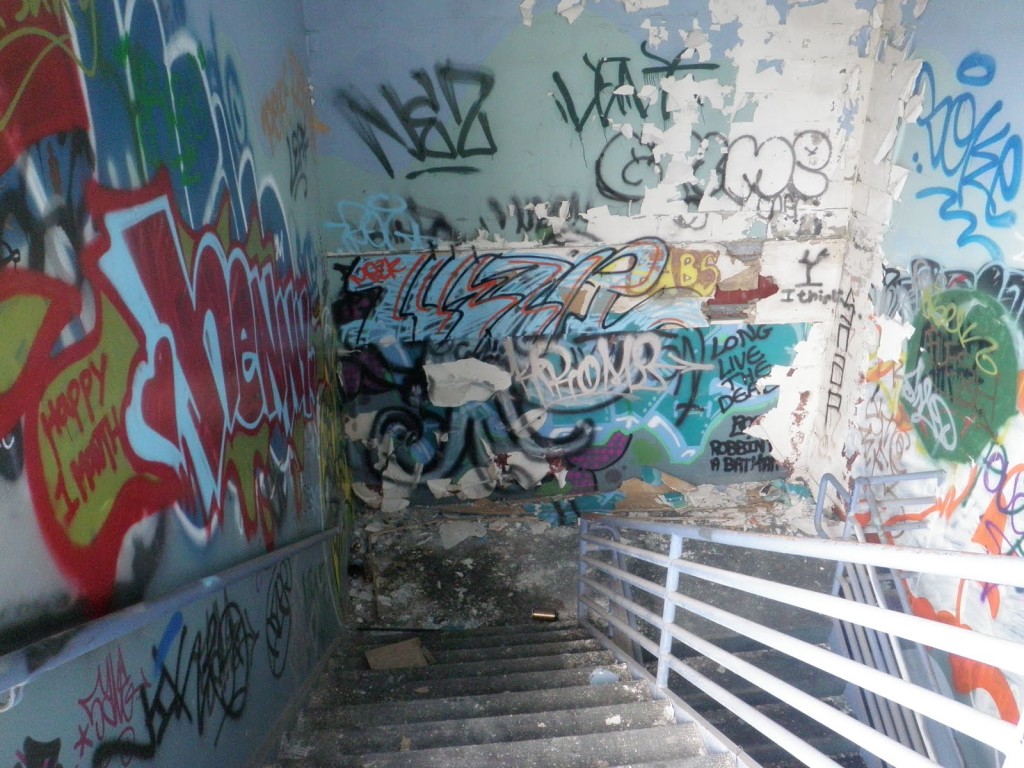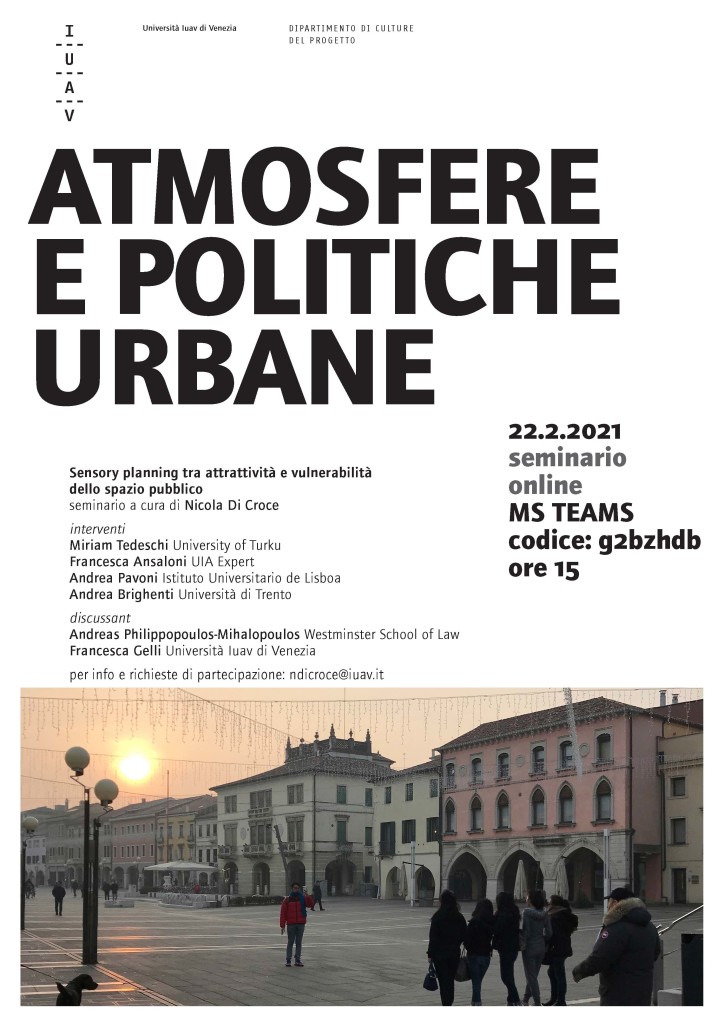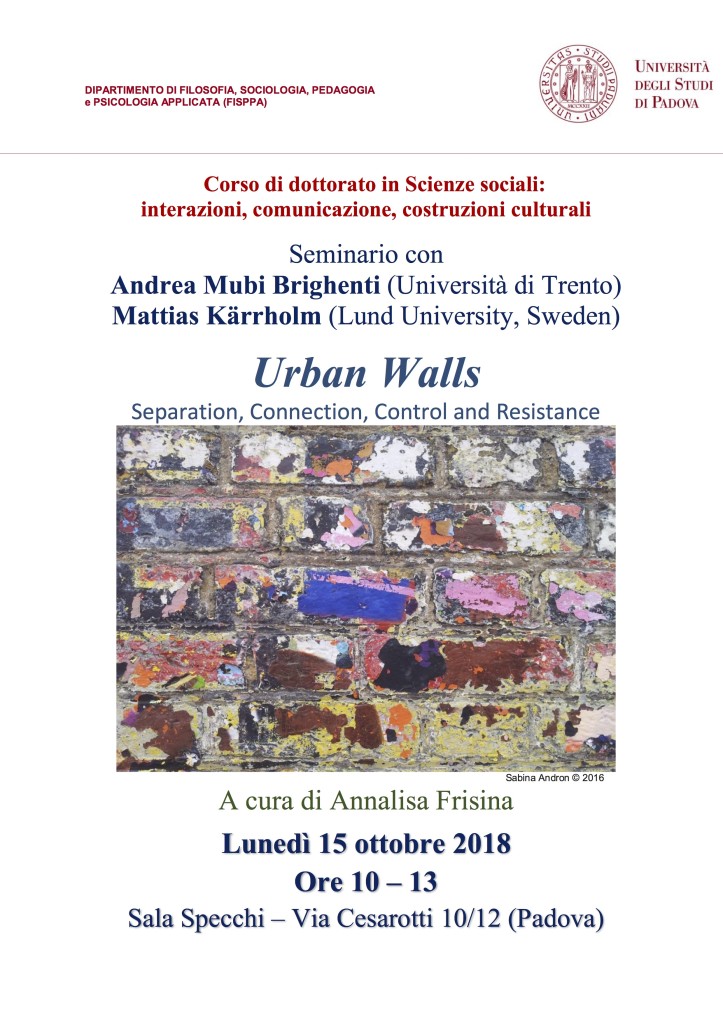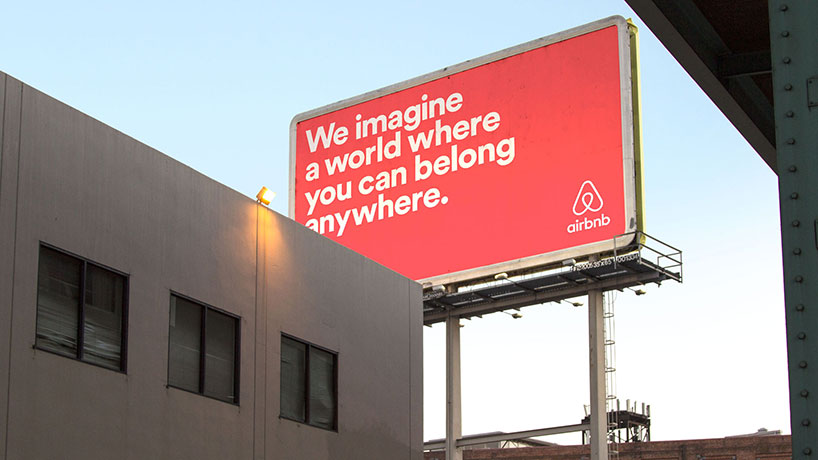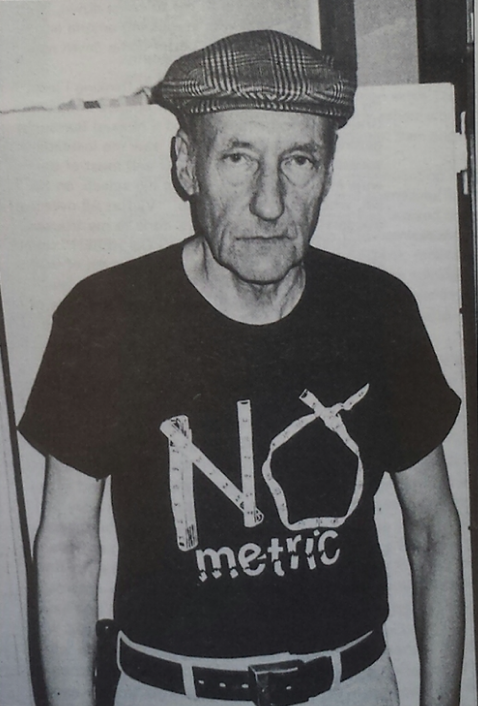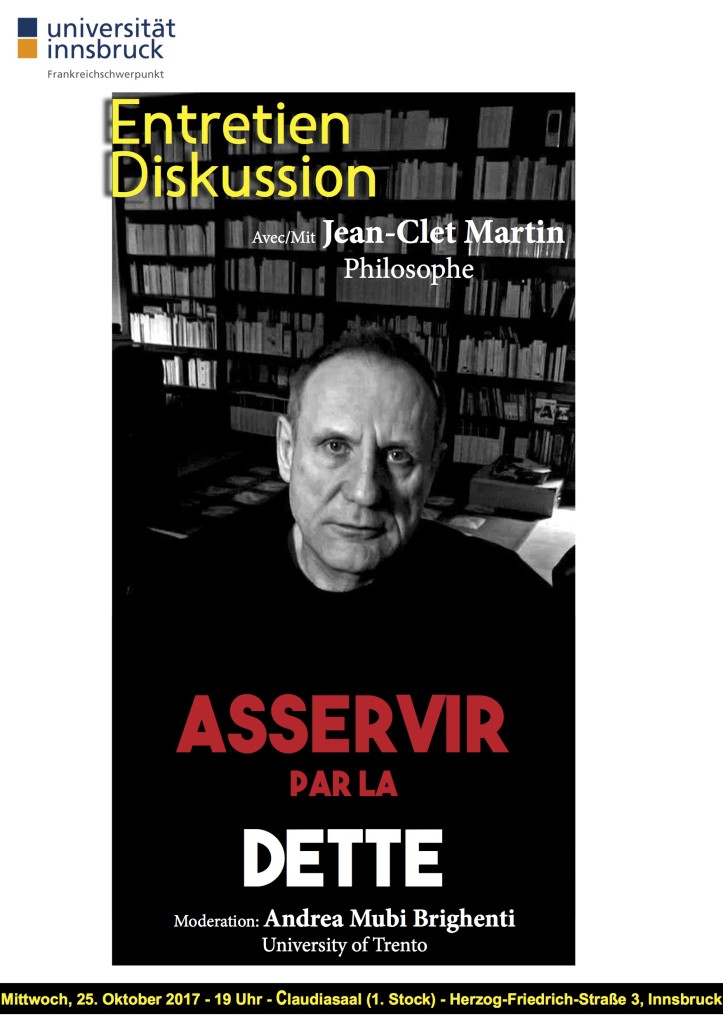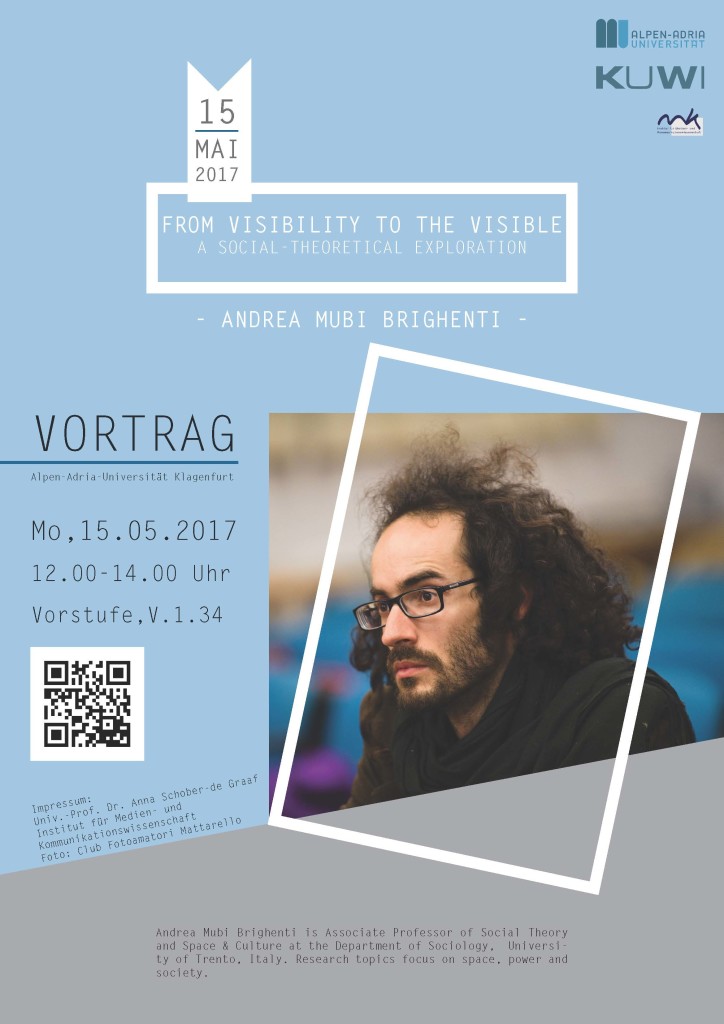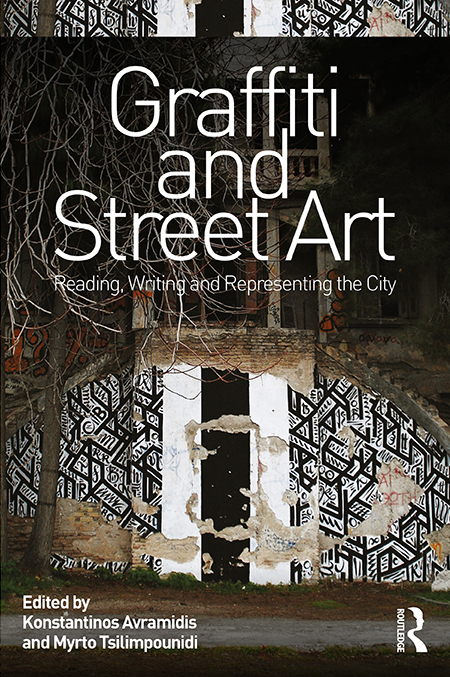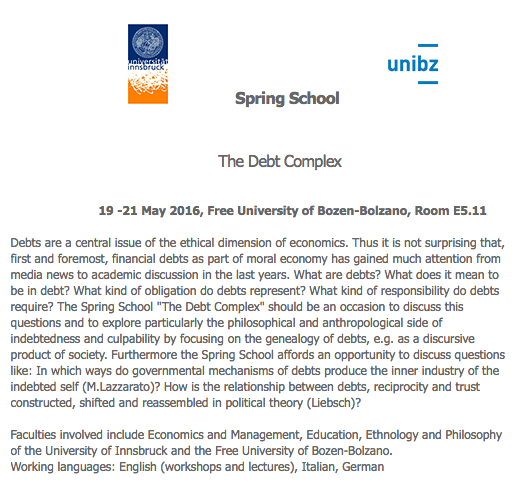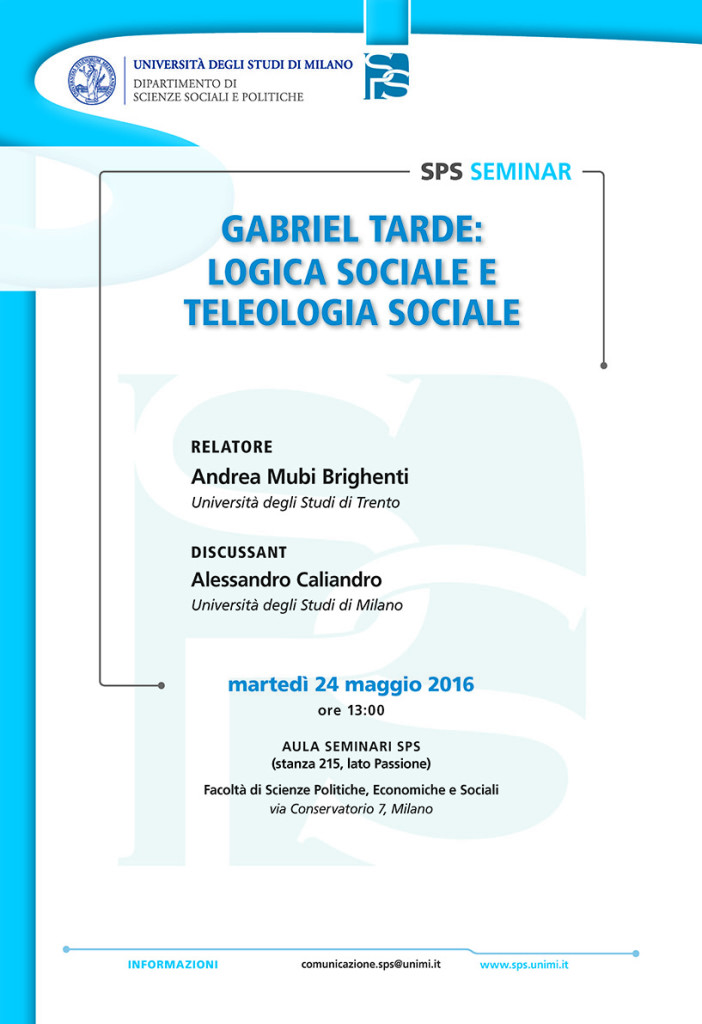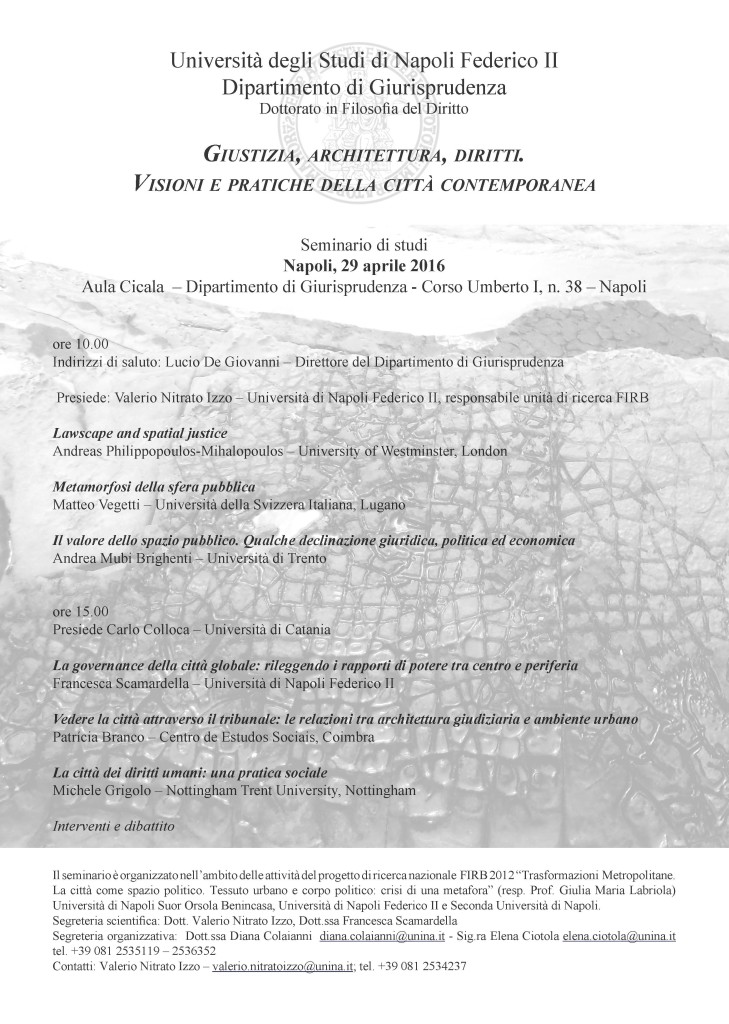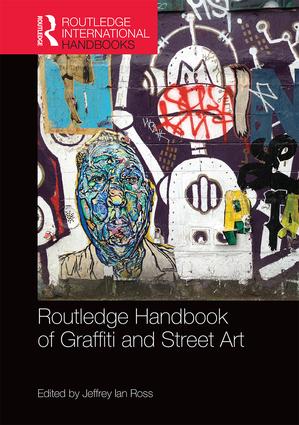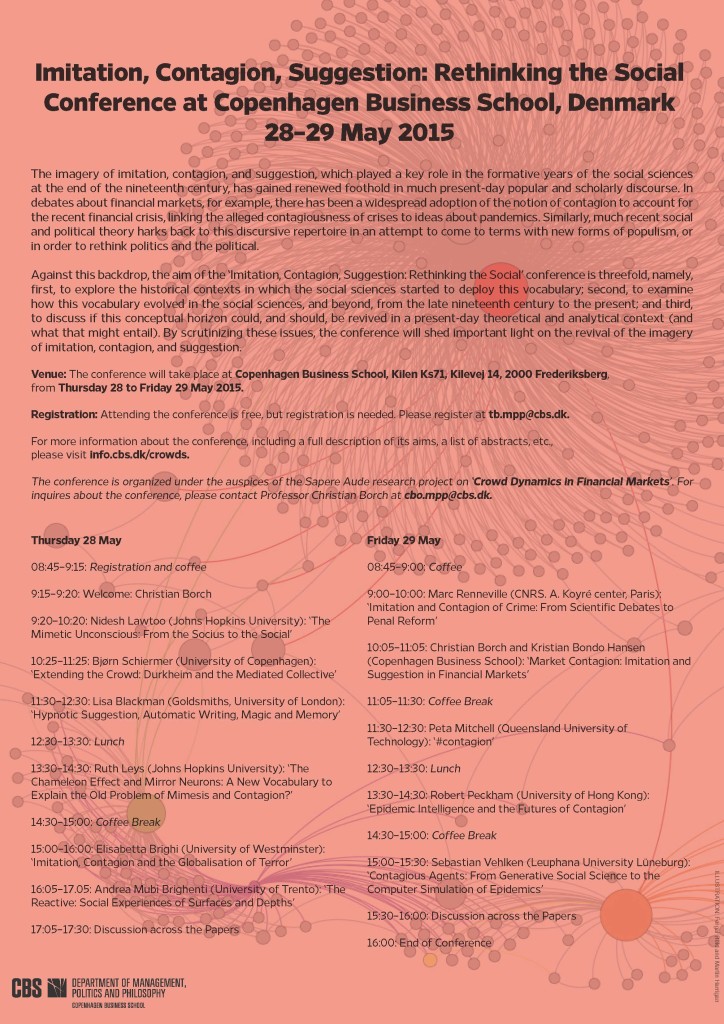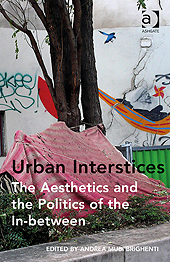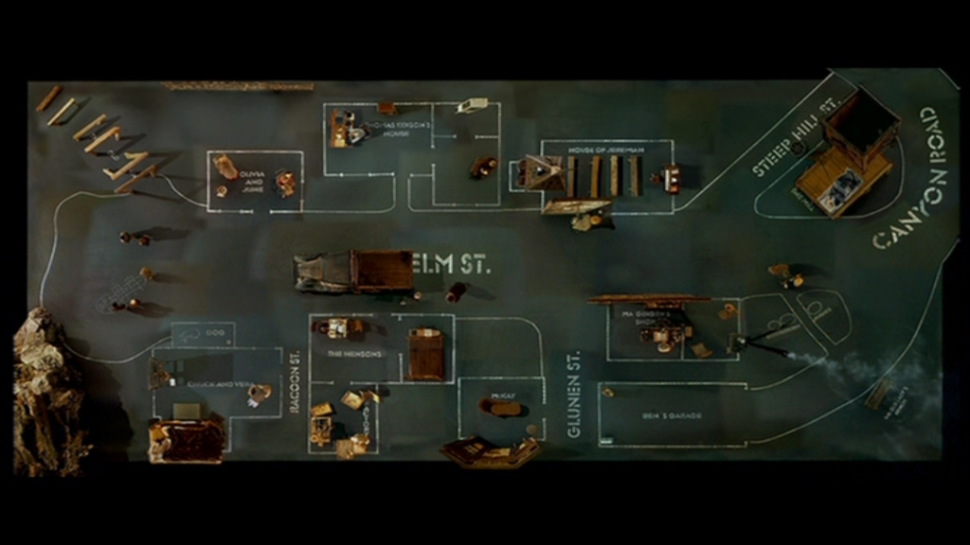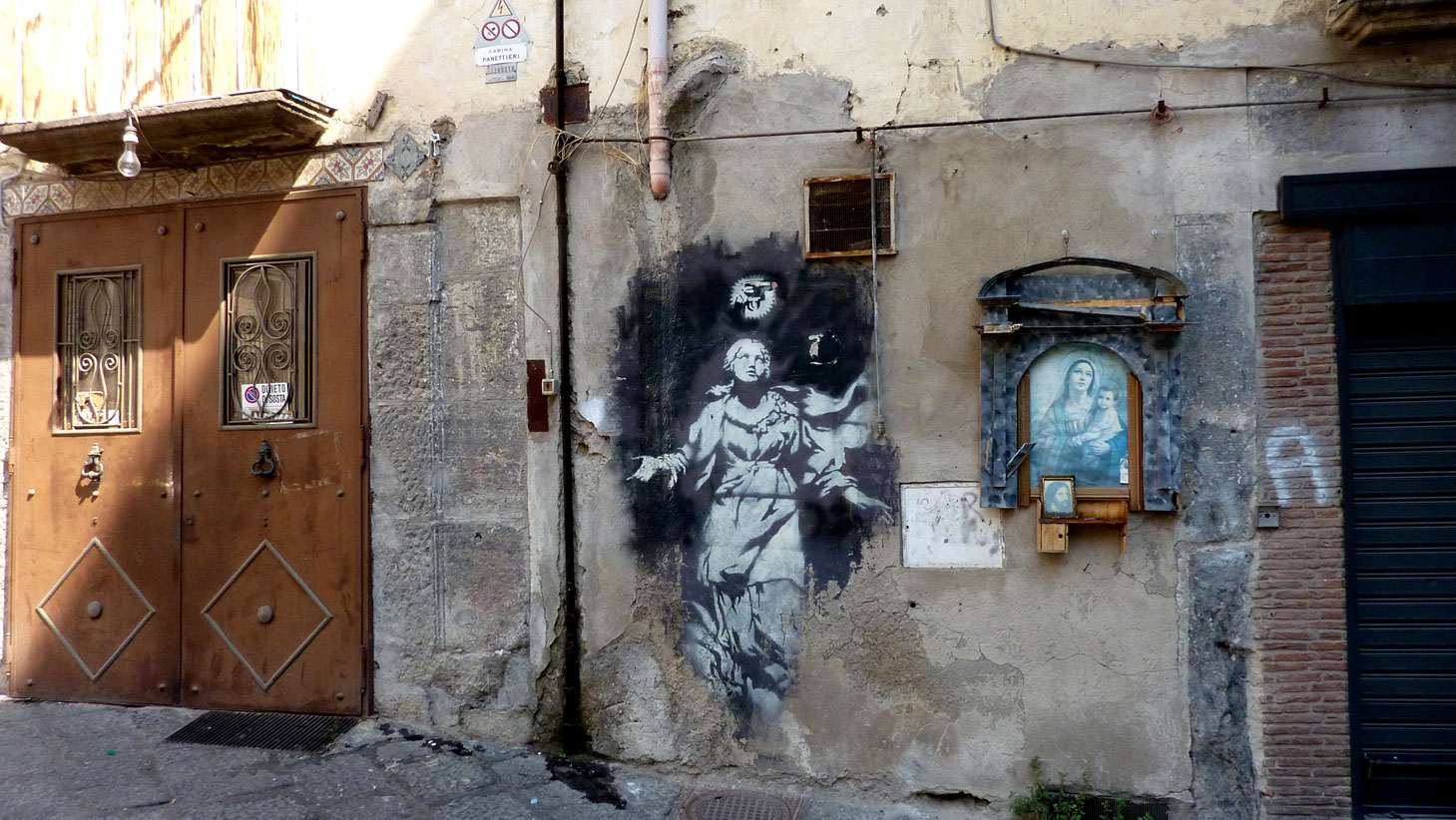A Keynote Speech to be delivered at Competing Urbanisms: The New Politics Of Public Space, 5 November 2014, University of Melbourne
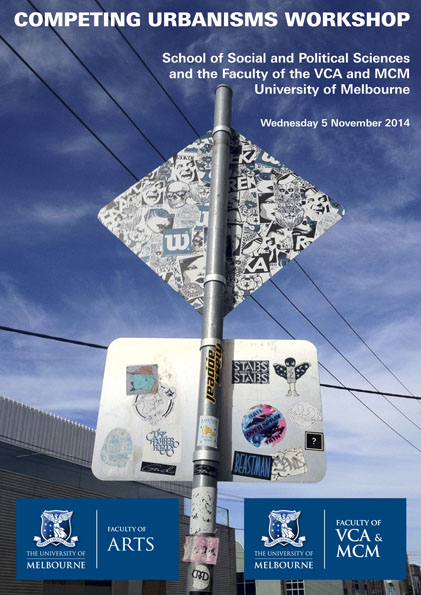
The aim of this lecture is to puzzle about the creation and transformation of value in contemporary urban space. Far from being a mere correlate of economic processes, ‘value’ can be understood as a total social fact and a polymorphous magical substance. The territory of value is inherently crossed by not only quantitative change but also qualitative metamorphoses. Indeed, while the economic side of value is the easiest to grasp, in order to capture the whole anthropological phenomenon of value creation and transformation a larger canvas needs to be drawn. Valorization (Verwertung) processes are complex, multifaceted, inherently unstable dynamics of production, circulation and transmutation of not only material goods (as per the classic analysis by Marx).
In the case of urban places, the economic side of value precipitates and condenses a number of scattered, convergent or divergent, social forces which include discourses, repertoires, representations, imaginaries, aspirations, reputations, judgments, position-takings, conflicts, negotiations, resistances, justifications and so on. In making the value of a place such as a neighbourhood, a square, a park, an alley or a metro station, the production, circulation and transmutation of all the items listed above is as important as the production, circulation and transmutation of material commodities in the analysis carried out by Marx in the mid-19th century.
An enlarged investigation into the notion of value thus inevitably leads us to a reflection on the limits of measurability. For what remains to be ascertained is how precisely value can be inscribed into places or associated with them. Here is where the case of street cultures and ‘alternative’ forms of cultural productions may provide us with poignant insights. In the course of the last 15 years of so, graffiti art has received unprecedented attention from mainstream cultural institutions ranging from local municipalities arts services and grant schemes to major contemporary arts museums. At the same time, street art – or what is sometimes referred to as ‘post-graffiti’ – has moved closer than before to the contemporary art system.
To various extents and not without contradictory, or even paradoxical outcomes, both graffiti and street art have been increasingly associated with thrilling lifestyles, urban creativity, fashionable outfits, and hip neighbourhoods. The value attributed to such expressive urban cultures as well as the places where they occur has changed accordingly. Perhaps, it is these practices we should attend in the attempt to understand the mysteries and alchemies of Urban Verwertung.
+ info | http://public-cultures.unimelb.edu.au/event/workshop-competing-urbanisms-new-politics-public-space
Competing Urbanisms Progam
